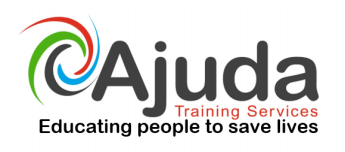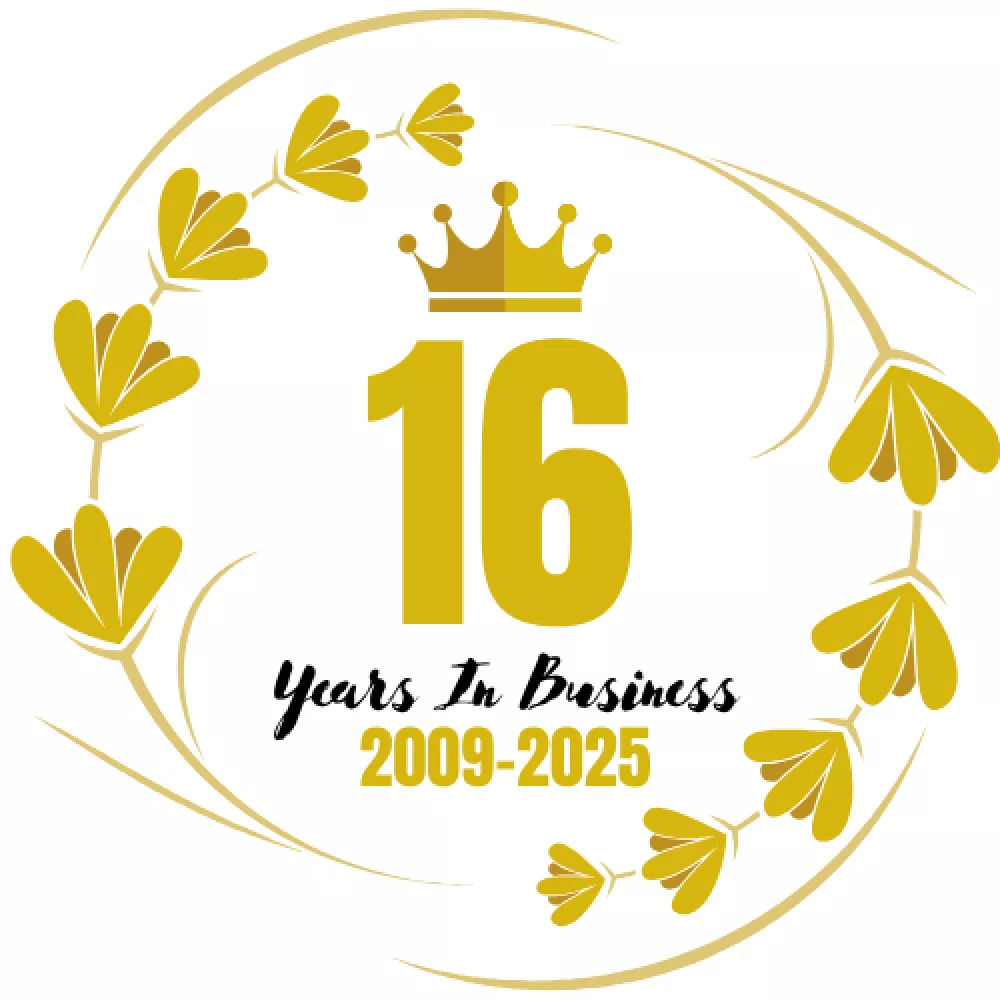Good Time Management will improve and enhance the time spent in the workplace and can even go a long way to improving the quality of the work you produce. For most people however this is easier said than done. We’ve all experienced that feeling of having more work to do than we can possibly complete in the time we have. This can lead to increased stress… dissatisfaction… and demoralisation… This course can help, by introducing you to some of the theories and techniques of time management that can really make a difference.
Number of modules: 6 Course Duration: 105 Minutes Course Price: £35
Course information

(Note: This is based on the video content shown and is rounded off. It does not account in any way for loading time or thinking time on the questions)
Author: Dawn Evans
Effective Delegation
Course information
Effective delegation is an essential skill to learn if you want to be an effective manager. After all, the best managers don’t strive to be super-heroes.
Instead, they are exceptional at picking good people to do what they need to have done, and then letting them get on with it.
However delegating effectively can be difficult. It means identifying the right tasks to delegate, overcoming barriers to delegation and taking the time to delegate properly so that everyone knows what they’re expected to do and by when.
When it’s done right the benefits are numerous and improve the working lives of everyone involved from the managers to the staff and it has wide ranging benefits to the organisation as a whole.
This course will start with the essentials – defining exactly what we mean by delegation and why it’s so important. It then goes into details about, the elements of delegation, overcoming the barriers to delegation, how you can choose which tasks to delegate and who to the process of delegation and much more.

Number of modules: 9
Course Duration: 110 Minutes
(Note: This is based on the video content shown and is rounded off. It does not account in any way for loading time or thinking time on the questions)
Course Price: £35
Conflict Resolution in the Workplace
Course information
‘Unmanaged conflict is the largest reducible cost in organisations today, and the least recognised’
Our society, and therefore our workplaces, are full of individuals with very different backgrounds, beliefs, values and attitudes. With such diversity conflict, at some point, is inevitable.
Conflict in workplaces is not only inevitable, it can actually be valuable. That is if it is handled correctly and focused on the right areas.
This course will consider what conflict is as well as its impact and role in the workplace. We will consider some of the triggers for workplace conflict and how it develops before looking at a number of different ways of managing it.

Number of modules: 6
Course Duration: 45 Minutes
(Note: This is based on the video content shown and is rounded off. It does not account in any way for loading time or thinking time on the questions)
Course Price: £35
Disciplinary Procedures
Course information
The aims of the disciplinary procedure are to provide a framework within which managers can work with employees to maintain satisfactory standards of conduct and to encourage improvement when necessary.
This course covers the aims of the disciplinary procedure, penalties including investigations, allegations and suspensions, procedures for carrying out hearings, and appeals.

Number of modules: 5
Course Duration: 45 Minutes
(Note: This is based on the video content shown and is rounded off. It does not account in any way for loading time or thinking time on the questions)
Course Price: £35
Developing Teamwork
Course information
Developing Teamwork is all about building stronger relationships within your team by getting to know each other better and creating the foundations for an exceptionally high performing group of people.
This course will start by explaining in detail what team working is and cover some of the basic principles for putting together a group of people who will work well together.
It then goes on to cover conflict within teams, explaining some of the reasons conflict occurs and some strategies for managing conflict. It finishes off by exploring some of the different styles of management behaviour and how to develop a resilient team.

Number of modules: 4
Course Duration: 30 Minutes
(Note: This is based on the video content shown and is rounded off. It does not account in any way for loading time or thinking time on the questions)
Course Price: £35
Negotiation Skills
Course information
Negotiation is a basic means of getting what you want from others. It’s a back and forth communication designed to reach an agreement when you and the other side have some interests that are shared and others that are opposed.
This course covers the basics of what constitutes a negotiation, the key stages of a negotiation, skills you can apply to your negotiations and some practical advice so you can bring all of this together and become a more effective negotiator.

Number of modules: 4
Course Duration: 45 Minutes
(Note: This is based on the video content shown and is rounded off. It does not account in any way for loading time or thinking time on the questions)
Course Price: £35
The Principles of Performance Management
Course information
In any organisation, the traditional model of strict command and control wastes a significant amount of time and money. Mutual trust, employee motivation and readiness to perform can easily be undermined. Performance management, on the other hand, offers a different, much more effective approach.
In formal terms, performance management involves the achievement of performance targets through the effective management of people and the environment in which they operate. It’s about setting achievable goals for the organisation and targets for individuals and teams.

Number of modules: 7
Course Duration: 55 Minutes
(Note: This is based on the video content shown and is rounded off. It does not account in any way for loading time or thinking time on the questions)
Course Price: £35
Project Management
Course information
The effective management of projects is an essential skill in many workplaces. Correct control of stages and different aspects of projects helps to increase the chances of projects being successful.
There are many tools and approaches to managing projects, from a simple ‘to do’ list, to complex methodologies.
When a project is managed correctly it ensures that there’s a sound business reason for undertaking the project, that it’s clear who’s involved in delivering the project, what the expected outcomes are and how resources and risks will be managed throughout the project.
When it’s done poorly the project can suffer from feature creep, delays, go over budget or not get finished at all.
This course covers some of the common project management methodologies, setting goals, and actually achieving them, identifying the need for a project to be started, using key project management tools and much more.

Number of modules: 6
Course Duration: 90 Minutes
(Note: This is based on the video content shown and is rounded off. It does not account in any way for loading time or thinking time on the questions)
Course Price: £35
Leadership Skills
Course information
A leader doesn’t necessarily have to be a ‘manager’, but it’s difficult to see how a manager could be truly effective without having at least some leadership skills. This course will introduce you to some of the import techniques and theories that can help you to improve your leadership skills and be more effective in your role.

Number of modules: 6
Course Duration: 90 Minutes
(Note: This is based on the video content shown and is rounded off. It does not account in any way for loading time or thinking time on the questions)
Course Price: £35
Stress Management
Course information
The Health and Safety Executive states that ‘work related stress develops because a person is unable to cope with the demands being placed on them’. This can come from any aspect of their life but it often comes from demands placed on them at work.
So why is stress a problem in the workplace?
Well the latest estimates show the total number of cases of work related stress depression or anxiety account for 39% of all work related illness.
Some occupations may be more susceptible to stress but it can affect anyone and can impact on health, ability to function effectively at work and at home and in relationships.
This course will cover an introduction to stress and why it’s a problem, some of the causes of stress and some ways to minimise the risk of stress.

Number of modules: 4
Course Duration: 30 Minutes
(Note: This is based on the video content shown and is rounded off. It does not account in any way for loading time or thinking time on the questions)
Course Price: £35
LinkedIn for Business
Course information
Linkedin is a very well established and respected social network with over 259 million users in more than 200 countries. It’s known as “Facebook in a Suit” or the most professional level of Social networking for businesses.
Linkedin is a very valuable tool to find the key decision makers within certain companies. It’s used for finding the best point of contact, gaining familiarity with their background before a call or sales pitch, making such contact much more effective.
It’s a social network for professional people. Normally a person would create a Linkedin profile that would include career details and would update their information periodically as to their current appointment. It would often include a personal statement, personal web address and possibly testimonials from employers and members of staff. If the person has particular interests both professionally and personally they may subscribe to one or more interest groups to receive updates and discussion opportunities.

Number of modules: 4
Course Duration: 45 Minutes
(Note: This is based on the video content shown and is rounded off. It does not account in any way for loading time or thinking time on the questions)
Course Price: £90
Twitter for Business
Course information
Twitter is a social media platform that is used by a wide range of people, from celebrities, who use it to communicate with their fans to companies and brands who can use it to engage their customers and attract new ones. It is also used by people for the social aspect – to chat and share information with friends. In fact, there is no restriction to who or what can have a Twitter account and often a larger company such as Starbucks will also have individual accounts for each product such as Frappuccino’s and even individual store locations.
Using Twitter successfully requires a significant commitment of time – being active is key to your success. It’s all about the image you create, and the best‐viewed companies are the responsive ones.
Twitter is a real‐time information sharing network where users can share messages, news, images, opinions and links via short bursts of information called ‘tweets.’
Even though Twitter is a fairly simple service, it’s still important to understand the mechanics of it thoroughly.

Number of modules: 4
Course Duration: 55 Minutes
(Note: This is based on the video content shown and is rounded off. It does not account in any way for loading time or thinking time on the questions)
Course Price: £90


